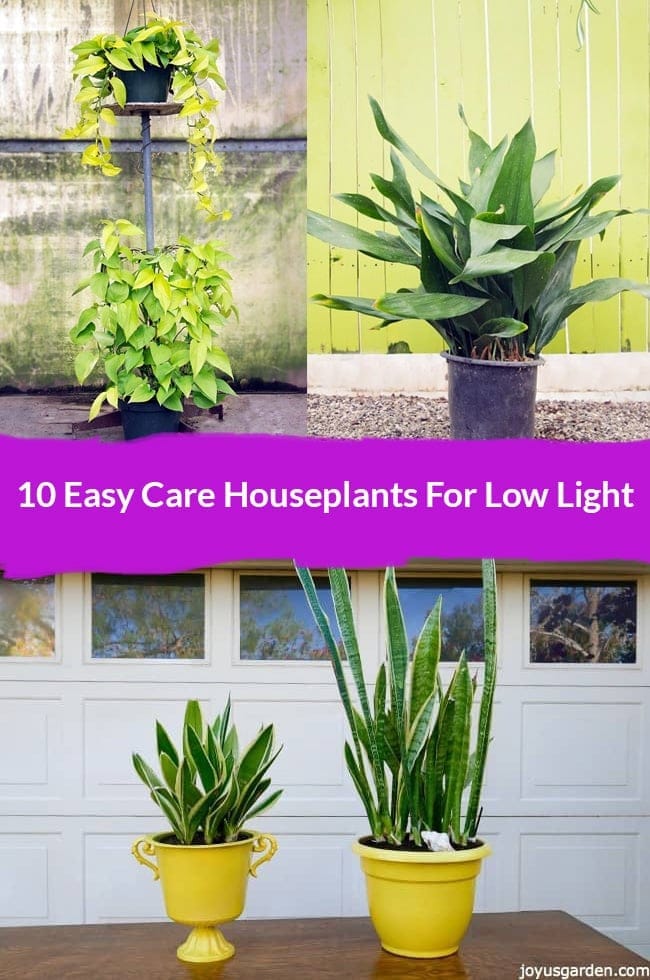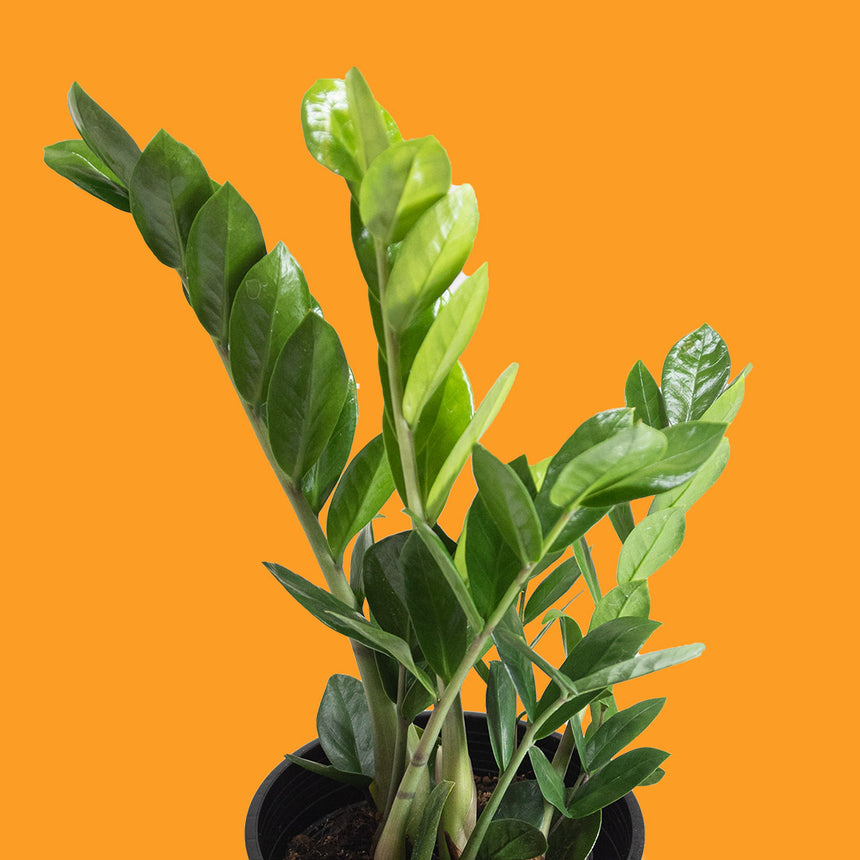Best Low-Light Indoor Plants That Add Greenery to Any Space with Little Light
Best Low-Light Indoor Plants That Add Greenery to Any Space with Little Light
Blog Article
Reveal the Keys of Low-Light Indoor Plants and Just How They Boost Your Environment
Low-light indoor plants have garnered increasing attention for their unique ability to enhance both aesthetic appeal and ecological top quality within offices and homes. These resistant varieties, consisting of the Serpent Plant and Tranquility Lily, not only flourish in difficult illumination conditions but also play a critical role in air purification and psychological well-being. Understanding the certain advantages and care demands of these plants can dramatically influence your space. As we check out the complexities of their advantages, you may uncover understandings that might transform your environments in unforeseen ways.
Advantages of Low-Light Indoor Plants
Although lots of people presume that indoor plants need abundant sunshine to flourish, low-light interior plants provide a wide range of advantages that make them optimal for various atmospheres. Among the main benefits is their adaptability; they can grow precede with minimal natural light, such as workplaces, cellars, or rooms with tiny home windows. This function permits people to improve their environments with plant, adding to enhanced visual appeals without the demand for extensive illumination alterations.
Moreover, low-light indoor plants can substantially boost interior air quality by launching and filtering dangerous contaminants oxygen, making living rooms healthier. The visibility of plants has actually been connected to better sensations of tranquility and focus.
Furthermore, low-light plants frequently need less maintenance than their sun-loving equivalents, making them ideal for busy people or those brand-new to horticulture. Their strength permits them to love very little treatment, therefore giving a gratifying experience for plant lovers and newbies alike. In summary, low-light interior plants offer both aesthetic and practical functions, making them important enhancements to any type of space.
Leading Low-Light Plant Ranges
Low-light indoor plants come in a selection of types, each offering unique characteristics and advantages suited for dim environments. Amongst the most popular selections is the Snake Plant (Sansevieria), known for its air-purifying abilities and building leaves. This resistant plant prospers on neglect and can endure a broad array of light problems.
Another excellent selection is the ZZ Plant (Zamioculcas zamiifolia), which includes glossy, dark environment-friendly fallen leaves and is extremely drought-tolerant. Its adaptability makes it a favored for offices and homes with restricted sunshine.
The Pothos (Epipremnum aureum) is likewise a leading competitor, with its routing vines and heart-shaped fallen leaves - Best low-light indoor plants. This versatile plant can be educated to climb up or cascade, including aesthetic interest to any kind of area

Care Tips for Low-Light Plants
Looking after low-light interior plants calls for a nuanced understanding of their details requirements to ensure ideal growth and vitality. Initially, it is vital to pick the right potting mix, as a well-draining soil is important to avoid origin rot. A mix made for houseplants, usually including peat moss and perlite, functions well for the majority of low-light varieties.
Watering is an navigate here additional crucial element of treatment. Low-light plants normally require much less regular watering compared to their sun-loving equivalents. It is recommended to examine the top inch of soil; if it feels completely dry, it's time to water. Overwatering can cause problems such as mold and origin degeneration.
Fertilizing needs to be come close to with care. Throughout the growing period, a diluted liquid plant food can be applied monthly, yet in winter season, numerous low-light plants get in dormancy and require little to no fertilizing.
Last but not least, it's vital to periodically clean the leaves to remove dirt, enabling for better light absorption. By sticking to these treatment pointers, you can cultivate a flourishing setting for your low-light indoor plants, boosting both their appearance and long life.
Enhancing Air Quality With Plants
Indoor plants play a substantial duty in improving air top quality within homes and office spaces. Via the process of photosynthesis, these plants soak up carbon dioxide and launch oxygen, contributing to a healthier atmosphere. In addition, particular low-light interior plants possess the capacity to filter damaging contaminants, such as benzene, trichloroethylene, and formaldehyde, which are generally found in interior settings.

Additionally, the existence of indoor plants can enhance moisture levels, which assists reduce dry skin and respiratory issues, additionally enhancing general wellness. This capability to enhance air high quality not only advertises physical health yet also sustains mental health.
Integrating low-light indoor plants into your living and working spaces can bring about an extra stimulating and vivid setting (Best low-light indoor plants). Buying these all-natural air cleansers is an easy yet reliable technique for enhancing indoor air top quality and fostering a much healthier lifestyle
Creating a Serene Indoor Area
The assimilation of plants right into living rooms not just boosts air high quality however also adds to a peaceful atmosphere. Low-light interior plants, such as snake plants and pothos, are specifically efficient in creating a peaceful atmosphere, as they grow in problems that might or else be inhospitable for various other greenery. Their lush vegetation provides a calming aesthetic, minimizing tension and advertising leisure.
Incorporating these plants right into your office or home view can evoke a feeling of tranquility and health. Strategically positioning them in locations where you spend significant time, such as living workspaces or spaces, allows for an immersive experience with nature, which has actually been shown to boost mood and cognitive function.
Additionally, the gentle movement of leaves in action to airflow can create a vibrant visual element that improves the overall ambiance. Think about using a selection of plant elevations and appearances to add deepness and rate of interest to your space. With thoughtful positioning and care, low-light indoor plants can change any type of location right into a tranquil refuge, cultivating not just aesthetic complete satisfaction yet additionally psychological and psychological health.

Conclusion
Incorporating low-light interior plants into various environments yields significant benefits, including enhanced air high quality and boosted aesthetic allure. These durable types not just flourish in very little light however likewise add to a soothing environment, advertising emotional and emotional wellness. By picking ideal varieties and applying proper care methods, people can successfully grow a calm indoor space that cultivates health and productivity. The transformative power of low-light plants underscores their worth in boosting both domestic and work setups.
Although numerous people think that interior plants call for abundant sunlight to thrive, low-light indoor plants provide a wide range of advantages that make them optimal for different atmospheres.Additionally, low-light indoor plants can substantially improve indoor air top quality by filtering system dangerous contaminants and releasing oxygen, making living areas healthier. Additionally, specific low-light interior plants have the capacity to filter damaging contaminants, such as formaldehyde, trichloroethylene, and benzene, which are generally discovered in interior settings.
Low-light indoor plants, such as snake plants and pothos, are particularly reliable in creating a peaceful setting, as they flourish in problems that may or else be unwelcoming for various other greenery.Incorporating low-light indoor plants into various environments returns substantial benefits, including improved air top quality Best low-light indoor plants and enhanced visual allure.
Report this page